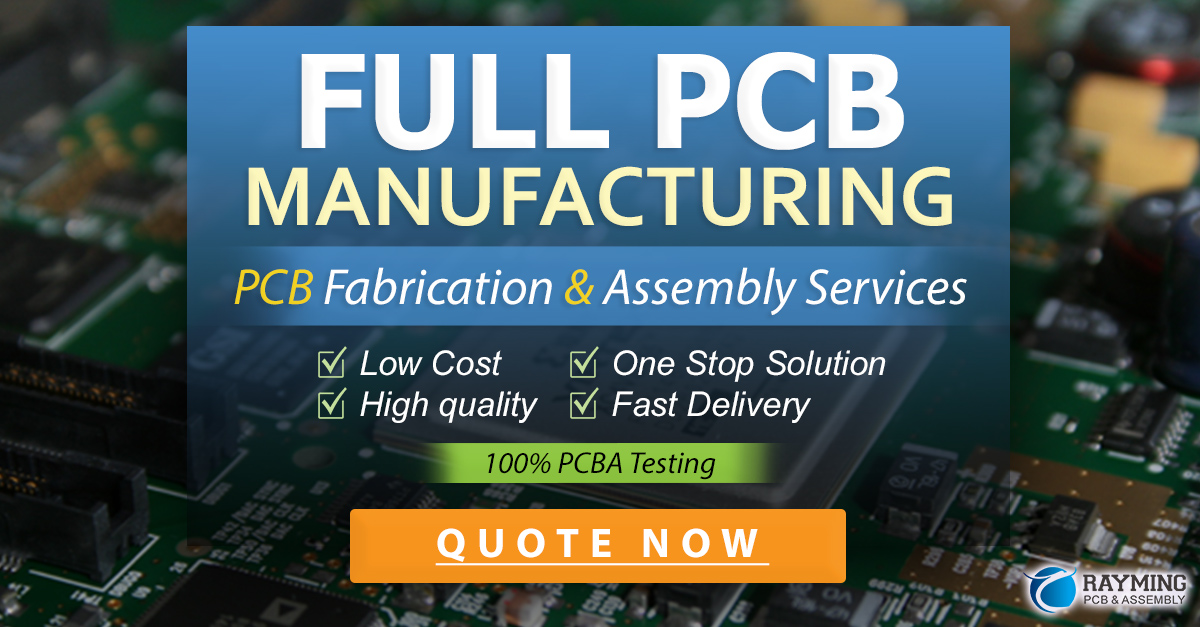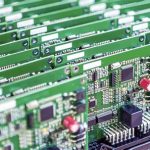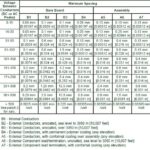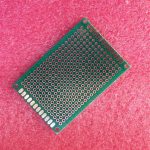What is ENEPIG?
ENEPIG is a PCB Surface Finish that consists of three layers: electroless nickel, electroless palladium, and immersion gold. The nickel layer provides a barrier against copper diffusion, while the palladium layer improves solderability and acts as a barrier between the nickel and gold layers. The thin immersion gold layer protects the palladium from oxidation and enhances the surface’s ability to be soldered.
Advantages of ENEPIG
- Excellent solderability
- High durability and wear resistance
- Suitable for multiple reflow cycles
- Compatible with various assembly processes, including wire bonding and press-fit connections
- Flat surface finish, ideal for fine-pitch components
Disadvantages of ENEPIG
- Higher cost compared to other surface finishes
- Longer processing time
- Requires strict process control to ensure consistent quality
What is ENIG?
ENIG is a PCB surface finish that consists of two layers: electroless nickel and immersion gold. Like ENEPIG, the nickel layer serves as a barrier against copper diffusion, while the gold layer protects the nickel from oxidation and provides a solderable surface.
Advantages of ENIG
- Good solderability
- Lower cost compared to ENEPIG
- Faster processing time
- Suitable for most assembly processes
- Flat surface finish
Disadvantages of ENIG
- Limited durability and wear resistance
- Not suitable for multiple reflow cycles
- Potential for “black pad” issue, where the nickel layer separates from the copper substrate
ENEPIG vs. ENIG: Key Differences
To better understand the differences between ENEPIG and ENIG, let’s compare them based on various factors:
| Factor | ENEPIG | ENIG |
|---|---|---|
| Layers | Electroless Nickel, Electroless Palladium, Immersion Gold | Electroless Nickel, Immersion Gold |
| Solderability | Excellent | Good |
| Durability | High | Limited |
| Cost | Higher | Lower |
| Processing Time | Longer | Faster |
| Multiple Reflow Cycles | Suitable | Not Suitable |
| Black Pad Issue | Unlikely | Potential |
Solderability
ENEPIG offers excellent solderability due to the presence of the palladium layer, which enhances wetting and spreading of solder. ENIG, while still providing good solderability, may not perform as well as ENEPIG in this regard.
Durability
ENEPIG’s additional palladium layer makes it more durable and wear-resistant compared to ENIG. This durability allows ENEPIG to withstand multiple reflow cycles without significant degradation in performance.
Cost
ENEPIG is generally more expensive than ENIG due to the additional palladium layer and the longer processing time required. However, the increased cost may be justified for applications that demand higher durability and better solderability.
Processing Time
ENIG has a faster processing time compared to ENEPIG, as it involves fewer steps and does not require the deposition of the palladium layer. This can be advantageous for high-volume production runs where shorter lead times are critical.
Multiple Reflow Cycles
ENEPIG is suitable for applications that require multiple reflow cycles, such as multi-layer boards or boards with components on both sides. ENIG, on the other hand, may not perform well under repeated reflow cycles, as the gold layer can dissolve into the solder, weakening the joint.
Black Pad Issue
ENIG has a potential for the “black pad” issue, where the nickel layer separates from the copper substrate due to excessive phosphorus content in the electroless nickel bath. This issue can lead to poor solderability and reduced reliability. ENEPIG is less likely to experience the black pad issue, as the palladium layer acts as a barrier between the nickel and gold layers.

Applications
When choosing between ENEPIG and ENIG, it’s essential to consider the specific requirements of your application. Here are some general guidelines:
ENEPIG is preferred for:
- High-reliability applications, such as aerospace, military, and medical devices
- Boards with fine-pitch components or high-density interconnects
- Applications that require multiple reflow cycles or frequent rework
- Wire bonding and press-fit connections
ENIG is suitable for:
- Consumer electronics and less demanding applications
- Boards with larger pitch components
- High-volume production runs where cost and processing time are critical factors
- Applications that do not require multiple reflow cycles
FAQ
-
Q: Can ENEPIG be used for wire bonding?
A: Yes, ENEPIG is suitable for wire bonding due to its flat surface finish and excellent durability. -
Q: Is ENIG cheaper than ENEPIG?
A: Yes, ENIG is generally cheaper than ENEPIG due to its simpler process and fewer layers. -
Q: Can ENIG withstand multiple reflow cycles?
A: ENIG is not recommended for applications that require multiple reflow cycles, as the gold layer can dissolve into the solder, weakening the joint. -
Q: Is ENEPIG more durable than ENIG?
A: Yes, ENEPIG is more durable and wear-resistant than ENIG due to the presence of the palladium layer. -
Q: Which surface finish is better for high-volume production?
A: ENIG may be better suited for high-volume production due to its faster processing time and lower cost compared to ENEPIG.
Conclusion
In conclusion, both ENEPIG and ENIG have their advantages and disadvantages, and the choice between them depends on the specific requirements of your application. ENEPIG offers excellent solderability, high durability, and compatibility with multiple assembly processes, making it ideal for high-reliability applications. ENIG, while not as durable as ENEPIG, provides good solderability at a lower cost and faster processing time, making it suitable for less demanding applications and high-volume production runs.
When deciding between ENEPIG and ENIG, consider factors such as the required level of durability, solderability, cost, processing time, and the intended use of the PCB. By carefully evaluating these factors and consulting with your PCB Manufacturer, you can select the surface finish that best meets your needs and ensures the optimal performance and reliability of your electronic device.






Leave a Reply